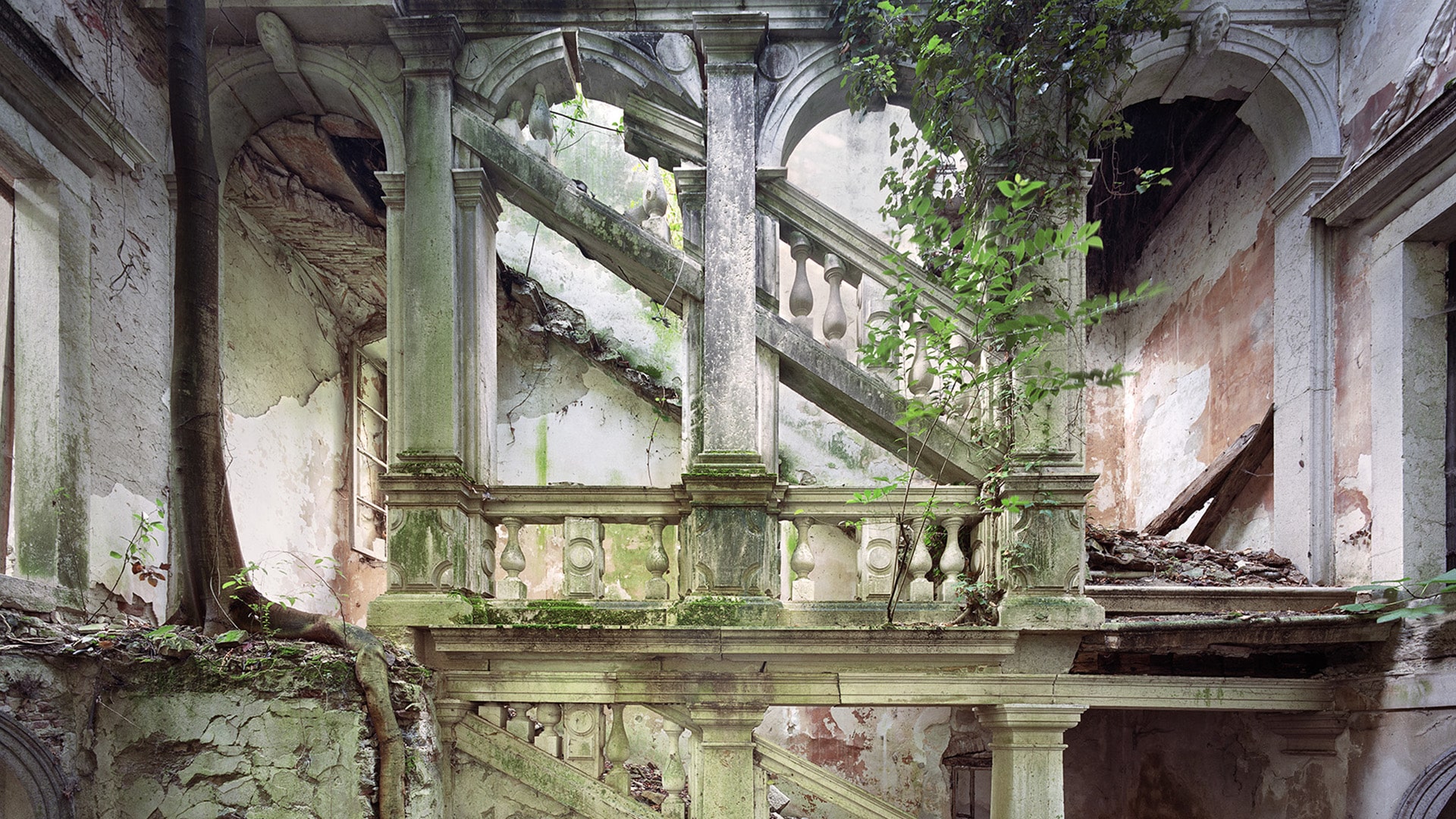The photographer presents images of urban decay at the Esther Woerdehoff Gallery in Paris. He takes us on a stroll through abandoned landscapes where nature is reclaiming its rights while crumbling mansions wither like fragile flowers. Thomas Jorion talks to us about his photography.

You’re getting blind.
Don’t miss the best of visual arts. Subscribe for $9 per month or $108 $90 per year.
Already suscribed ?



